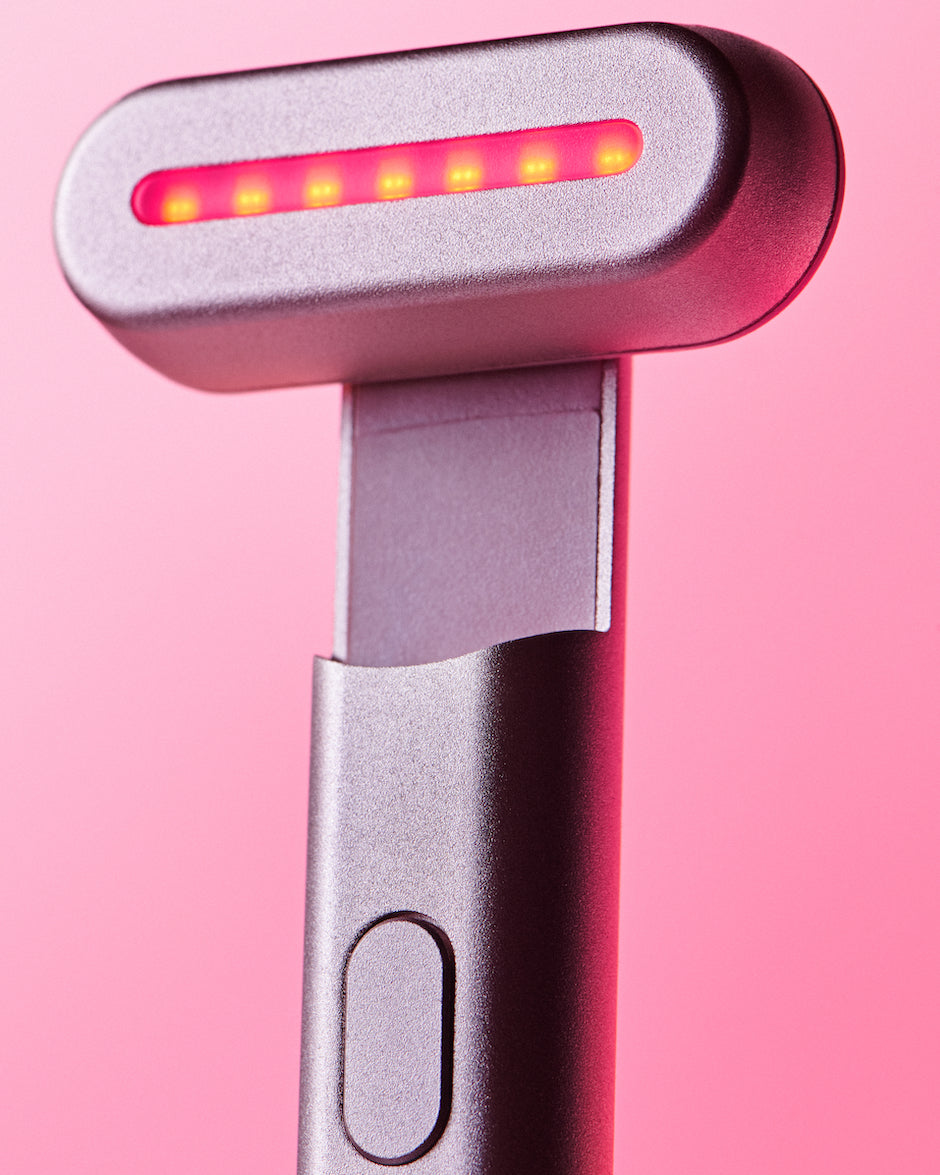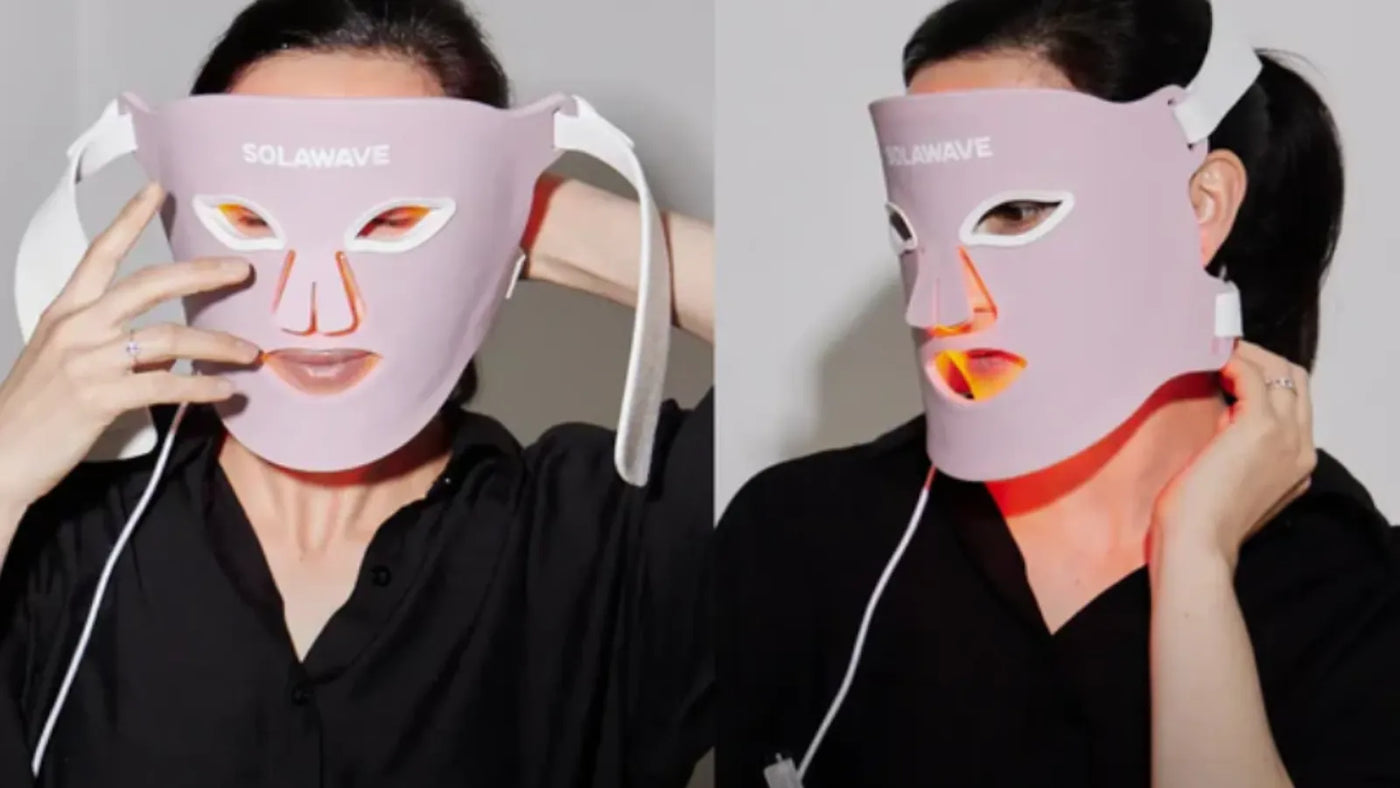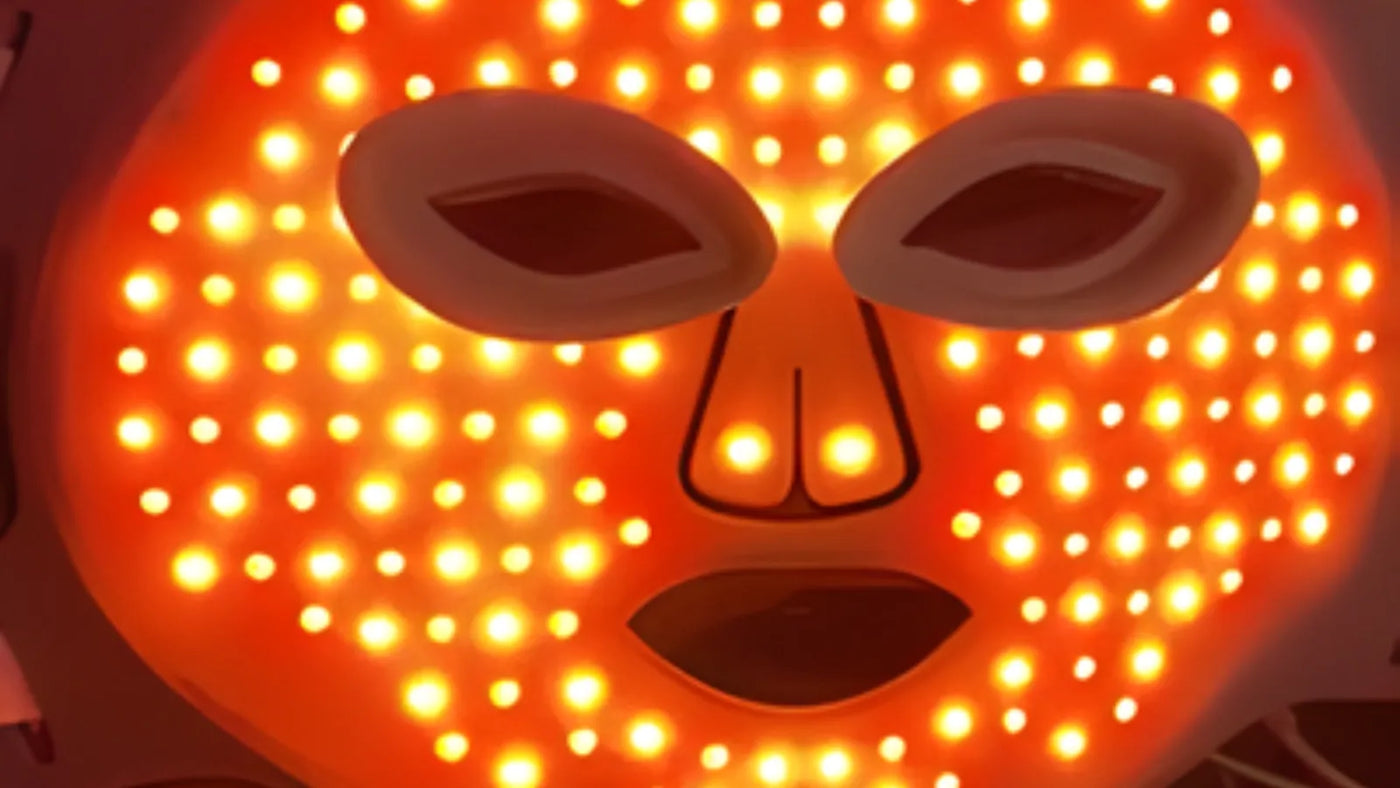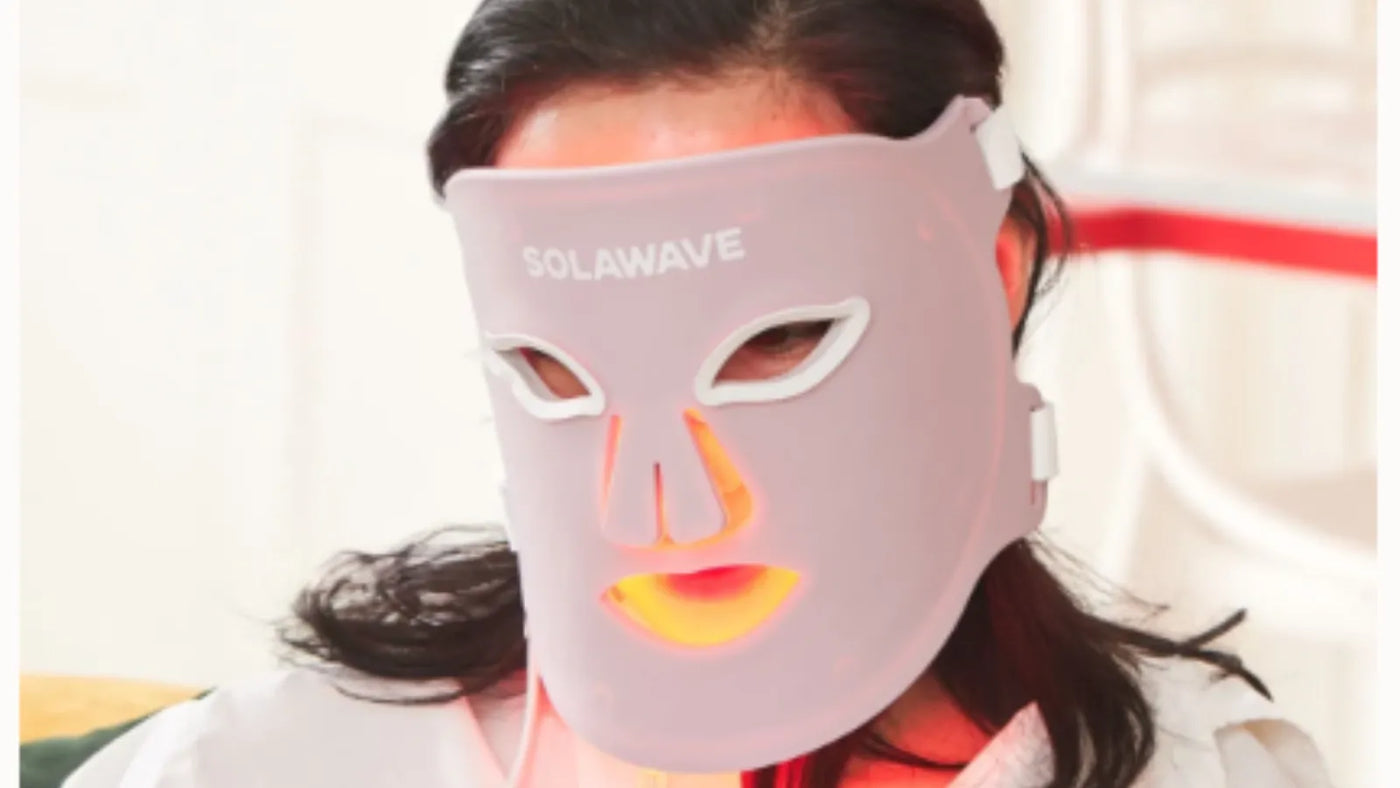

Red Light Therapy For Plantar Fasciitis: Can It Help?
Plantar fasciitis is a common and often painful condition that affects the thick band of tissue running along the bottom of your foot, known as the plantar fascia. If you’re experiencing sharp heel pain, especially with your first steps in the morning or after long periods of standing, you might be dealing with this condition. Plantar fasciitis can impact anyone, but it’s especially common among runners, people who spend a lot of time on their feet, and those with certain risk factors like obesity or flat feet.
While you may have heard about Red Light Therapy as a potential option for various health and wellness concerns, it’s important to understand that Red Light Therapy is not a cure or treatment for plantar fasciitis. However, because there is growing interest in alternative therapies, we’ll explore what Red Light Therapy is, how it’s used, and what the current research says about its potential role in managing foot discomfort.
What Is Plantar Fasciitis?
Plantar fasciitis is a condition that occurs when the plantar fascia — a thick, fibrous band of tissue running along the bottom of your foot from your heel to your toes — becomes irritated or inflamed. This tissue acts as a shock absorber and supports the arch of your foot, playing a key role in your ability to walk, run, and stand comfortably.
The most common cause of plantar fasciitis is repetitive strain or excessive pressure on the plantar fascia. Over time, small tears can develop in the tissue, leading to inflammation and pain.
Several factors can increase your risk of developing plantar fasciitis, including:
-
Overuse or repetitive activity: Activities that place a lot of stress on your feet, such as running, dancing, or standing for long periods, can contribute to the development of this condition.
-
Foot mechanics: Flat feet, high arches, or an abnormal walking pattern can affect the way weight is distributed across your feet, putting extra strain on the plantar fascia.
-
Age: Plantar fasciitis is most common in people between the ages of 40 and 60.
-
Obesity: Carrying extra weight increases the pressure on your plantar fascia, especially during activities like walking or standing.
-
Improper footwear: Shoes that lack proper support or cushioning can make you more susceptible to plantar fasciitis.
The hallmark symptom of plantar fasciitis is a sharp, stabbing pain in the heel or along the bottom of the foot, particularly noticeable with your first steps in the morning or after periods of rest. The pain may decrease as you move around but can return after long periods of standing or after exercise. For some, the discomfort can become chronic, making it difficult to enjoy daily activities, participate in sports, or even walk short distances comfortably.
Proven Treatments for Plantar Fasciitis
If you suspect you have plantar fasciitis, make sure to seek the guidance of a medical professional and/or your primary healthcare provider. They will be able to give you the best guidance on what treatment may be best for you. That said, below are the most common proven treatments for this condition:
Rest and Activity Modification
One of the first steps in managing plantar fasciitis is to reduce activities that aggravate your symptoms. Resting your feet and avoiding high-impact exercises, such as running or jumping, can help minimize further irritation to the plantar fascia. Modifying your daily routine to limit prolonged standing or walking gives your foot time to heal and can prevent the condition from worsening.
Physical Therapy and Stretching Exercises
Physical therapy is a cornerstone of plantar fasciitis treatment. A physical therapist can guide you through specific stretching and strengthening exercises designed to improve flexibility in your Achilles tendon, calf muscles, and plantar fascia. Regular stretching can help relieve tension, promote healing, and reduce the risk of future flare-ups. Common exercises include calf stretches, toe stretches, and towel stretches.
Orthotics and Supportive Footwear
Wearing shoes with good arch support and cushioning is essential for managing plantar fasciitis. Orthotic inserts, whether custom-made or over-the-counter, can help distribute pressure more evenly across your feet and reduce strain on the plantar fascia. Supportive footwear can also help correct abnormal foot mechanics and provide additional comfort during daily activities.
Ice Therapy and Anti-Inflammatory Medications
Applying ice to the affected area can help reduce inflammation and numb pain. Icing your heel for 15 to 20 minutes several times a day, especially after activity, is a simple and effective way to manage symptoms. Over-the-counter nonsteroidal anti-inflammatory drugs (NSAIDs), such as ibuprofen, can also help decrease pain and swelling when used as directed.
Corticosteroid Injections
For individuals who do not experience relief with conservative treatments, corticosteroid injections may be considered. These injections deliver powerful anti-inflammatory medication directly to the site of pain, providing temporary relief. However, they are generally reserved for more severe cases due to potential side effects, such as weakening of the plantar fascia or fat pad atrophy.
Surgical Options for Severe Cases
Surgery is rarely needed for plantar fasciitis, but it may be considered if other treatments have failed after several months. Surgical procedures typically involve releasing part of the plantar fascia to relieve tension and reduce pain. As with any surgery, there are risks and a recovery period, so this option is usually reserved for the most persistent and severe cases.
What Is Red Light Therapy?
Red Light Therapy is a non-invasive wellness technique that uses specific wavelengths of red light to interact with your body’s cells. This approach is most widely recognized for its applications in skincare, where it’s used to help improve the appearance of fine lines, wrinkles, and overall skin tone. In delivering low-level red light to the skin, these devices aim to stimulate cellular activity, particularly the production of collagen, which is essential for maintaining firm, healthy-looking skin.
Beyond skincare, Red Light Therapy is also commonly used in the field of muscle recovery. Athletes and individuals with active lifestyles often turn to Red Light Therapy devices to help support muscle relaxation and reduce temporary discomfort after intense exercise. The light is believed to penetrate deeper into tissues, promoting circulation and supporting the body’s natural recovery processes.
In addition to these established uses, Red Light Therapy is being explored in a variety of other industries, including dental care, hair restoration, and even veterinary medicine. However, it’s important to note that while research is ongoing, the evidence supporting Red Light Therapy’s effectiveness in these newer applications is not as robust as it is for skincare and muscle recovery.
The benefits you may experience from a Red Light Therapy session depend heavily on the type of device you use. Red Light Therapy devices designed for skincare are not intended to provide muscle recovery benefits, and vice versa. As with any wellness technology, it’s important to choose a device that matches your specific goals and to understand that Red Light Therapy is not a cure or treatment for any medical condition. Always consult with a healthcare professional before starting any new therapy, especially if you have underlying health concerns.
Can You Use Red Light Therapy for Plantar Fasciitis?
Red Light Therapy has gained attention as a potential wellness tool for a variety of concerns, but when it comes to plantar fasciitis, the scientific evidence is limited. Currently, there is no strong clinical research supporting the use of Red Light Therapy as a treatment or cure for plantar fasciitis. Most studies on Red Light Therapy focus on its benefits for skin health and muscle recovery, and while some early research and small trials have explored its effects on pain and inflammation, the results are not conclusive or widely accepted in the medical community.
You may come across anecdotal reports from individuals who claim to have experienced relief from foot pain or discomfort after using Red Light Therapy devices. While these personal stories can be encouraging, it’s important to remember that anecdotal evidence does not replace proven medical treatments or professional advice. Everyone’s experience is different, and what works for one person may not work for another.
If you are considering Red Light Therapy for plantar fasciitis, make sure to have realistic expectations. The benefits you might see will depend on the type of device you use, as not all Red Light Therapy devices are designed for deep tissue or musculoskeletal concerns. Devices intended for skincare, for example, are unlikely to provide any meaningful effect for foot pain or inflammation.
Ultimately, Red Light Therapy should not be viewed as a substitute for evidence-based treatments for plantar fasciitis.
Conclusion
Managing plantar fasciitis is most effective when you rely on proven, evidence-based treatments such as rest, physical therapy, supportive footwear, and guidance from a healthcare professional. While Red Light Therapy has become popular for skincare and muscle recovery, it is not a cure or treatment for plantar fasciitis, and current scientific evidence does not support its use for this condition. If you’re experiencing persistent foot pain or discomfort, consult a healthcare provider for an accurate diagnosis and a personalized treatment plan.
Disclaimer: This article is intended for informational purposes only and should not be interpreted as medical advice or guidance. Always seek medical advice and care from a trusted healthcare professional.
Sources:





















